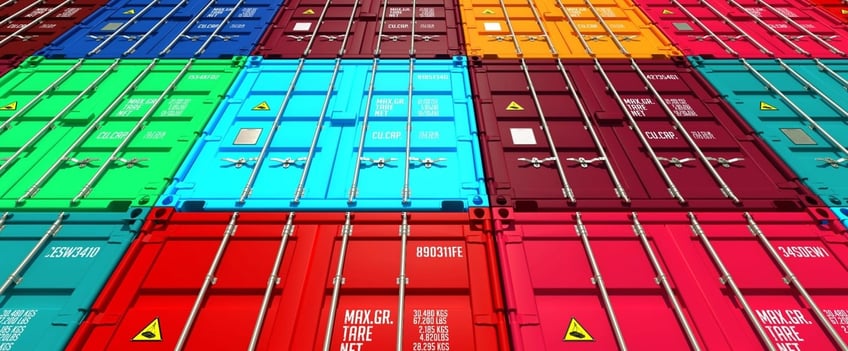
There are two primary types of documents that move all ocean cargo: original bills of lading and sea waybills. What are the pros and cons of each? Let's take a look below.
The wrong type of ocean transportation document can cause serious consequences in a company’s supply chain and can inadvertently increase financial exposure. Choosing the correct type of document, conversely, can go a long way toward ensuring a streamlined and secure supply chain.
ORIGINAL BILL OF LADING (BOL)
Three main functions:
1) Receipt of the Goods
- Acts as the receipt of goods shipped
- Identifies the goods, pieces, and weight
2) Contract of Carriage
- Serves as a contract between shipper and carrier
3) Document of Title
- Possession of the goods determined by possession of the document
- If the original BOL is made out “to the order of” a named party (a “negotiable” BOL), it also confers title or ownership to the goods specified
Essentially, whoever is in possession of the original BOL is entitled to demand possession of the goods from the carrier at destination so long as the original BOL is properly endorsed. The endorsement is important because it passes the right to possession of the goods from holder to holder. Think of it as endorsing a check; the concept is quite similar.
Advantages
- Gives control over the movement and delivery of goods. The shipper can maintain control of the shipment and can transfer its right to possession at the time of its choosing
- Useful in shipments under a letter of credit as it controls the transfer of goods and funds
Disadvantages
- Due to timing and the need to wait for the properly endorsed original to arrive, the necessary transfer of documents can sometimes delay the receiver in gaining possession of the freight
|
SEA WAYBILL
Two main functions:
1) Receipt of the Goods
- Acts as the receipt of goods shipped
- Identifies the goods, pieces, and weight
2) Contract of Carriage
- Serves as a contract between shipper and carrier
There are some key factors to consider with a sea waybill. No original bills of lading are issued when a sea waybill is used. The carrier’s responsibility is to deliver the cargo to the named receiver. Sometimes referred to as “consignment notes” and do not act as a title document; the sea waybill can only be issued with the shipper’s written consent.
Advantages
- No need to physically forward overseas since the document doesn’t need to be surrendered at destination
- The receiver does not need to wait for the original BOL from the shipper to secure the release of the freight. This avoids delays when the goods arrive before the documents
- It does not control the title to the goods or the right to possession. The receiver can pick up the freight once it arrives, clears customs, and freight payment has been made to the carrier
Disadvantages
- Banks do not accept sea waybills as part of the payment procedure. Unlike an original BOL, the shipper can’t stop the release of freight once the freight payment has been made to the carrier
- Once a sea waybill is issued, it can’t be changed
|

Blog was originally posted on September 18, 2019 1 PM
Topics:
Supply Chain,
Logistics,
Original Bill of Lading,
Sea Waybill





